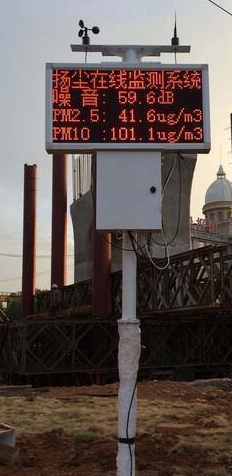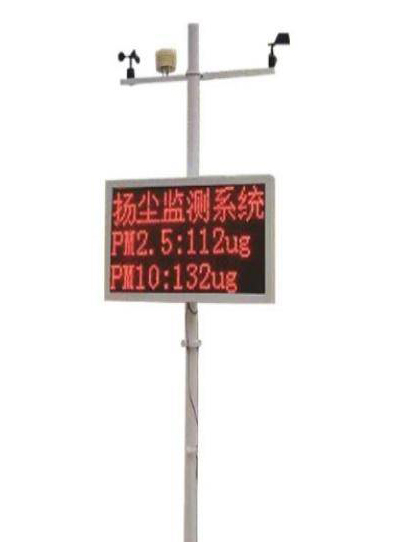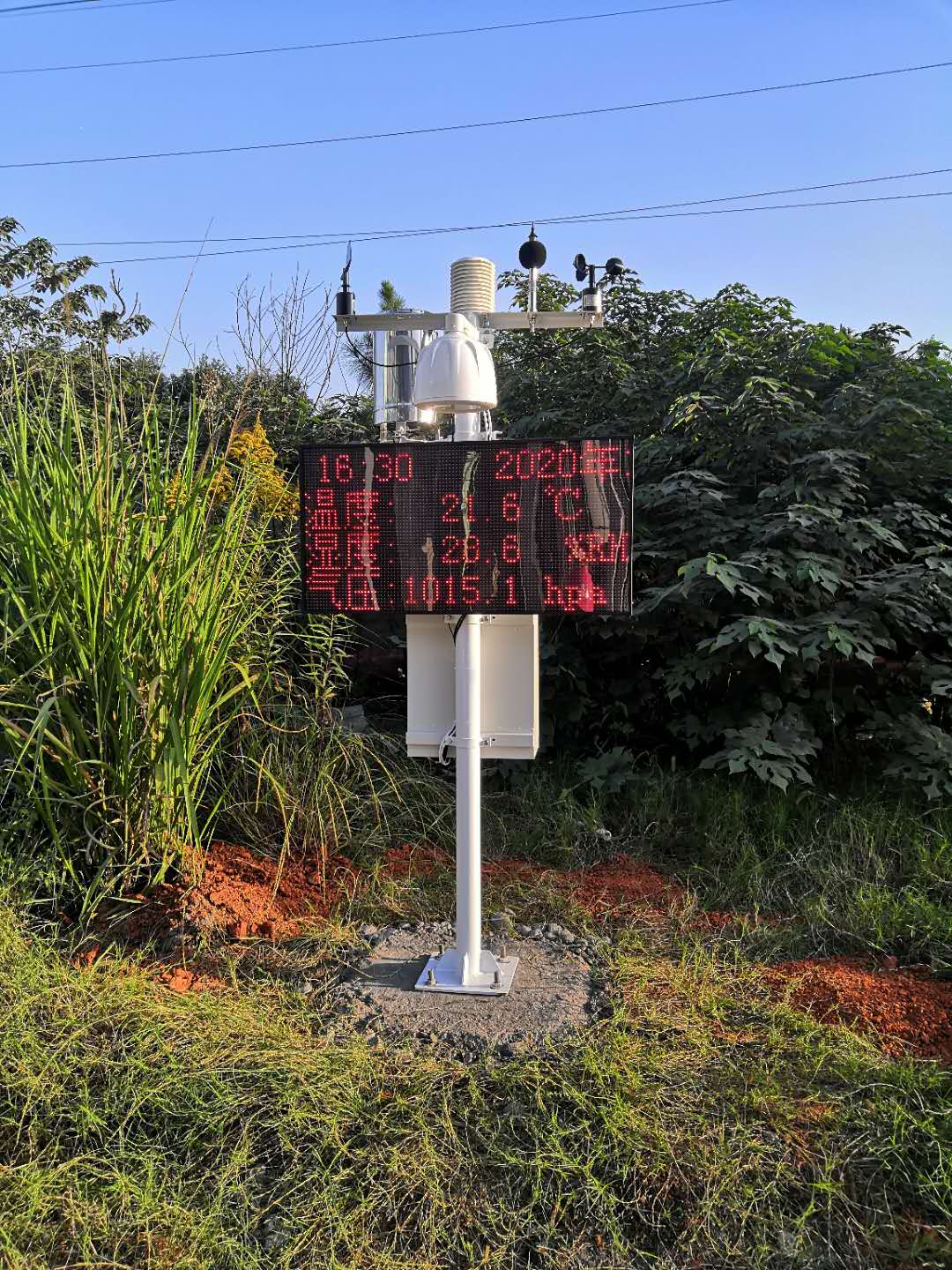

— Blogs —
—Products—
 Consumer hotline +8618073152920
Consumer hotline +8618073152920 WhatsApp:+8615367865107
Address:Room 102, District D, Houhu Industrial Park, Yuelu District, Changsha City, Hunan Province, China
Product knowledge
Time:2024-11-10 18:27:35 Popularity:398
Characteristics of particulate matter sensors and detailed introduction of PM2.5 and PM10 sensors

The particulate matter sensor has the following characteristics that make it play an important role in air quality monitoring:
- Particulate matter sensors can accurately capture tiny particles in the air, including PM2.5 and PM10, etc., providing accurate concentration data.
- The sensor can monitor the concentration of particulate matter in the air in real time, providing timely data support for the environmental protection department, which helps to detect and respond to air pollution problems in a timely manner.
- Particulate matter sensors are usually simple in design, easy to install and maintain, reducing the cost of use.
- Particulate matter sensors are not only suitable for environmental monitoring, but also can be widely used in industrial production, health monitoring, gas pipeline safety monitoring and other fields.
- Many particulate matter sensors are designed to be compact, easy to carry and install, and suitable for a variety of occasions.
- Most particulate matter sensors have low power consumption, suitable for continuous monitoring for a long time, suitable for battery-powered portable devices.

- PM2.5 sensors are specifically designed to detect particles less than or equal to 2.5 microns in diameter. These particles are capable of penetrating deep into the human respiratory system and even into the lungs and bloodstream, causing serious health effects.
- Laser Scattering Method: Using laser light to shine through the air stream, the light scattered by the particles is captured by the receiver, and by analysing the intensity and pattern of the scattered light, the concentration of PM2.5 is calculated.
- Electrochemical method: detects the concentration of particulate matter through an electrochemical reaction, suitable for portable devices.
- Light Scattering Method: Uses an LED light source to illuminate particulate matter and calculates the concentration of particulate matter by detecting the intensity of the scattered light.
- High sensitivity: capable of detecting very small particles.
- Real-time monitoring: Provides instantaneous PM2.5 concentration data.
- Portability: Many PM2.5 sensors are designed to be compact and suitable for handheld devices and portable monitoring instruments.
- Low Power Consumption: Suitable for battery-powered devices for continuous monitoring over long periods of time.
- Environmental monitoring: installed in urban air quality monitoring stations to monitor PM2.5 concentration in real time.
- Indoor air purification: integrated in household air purifiers to monitor and adjust indoor PM2.5 concentration in real time.
- Personal health monitoring: integrated in smart watches and portable monitoring devices to provide real-time air quality information for individuals.
PM2.5/PM10 Integrated Sensor
- PM10 sensors are specifically designed to detect particles less than or equal to 10 microns in diameter. These particles are able to enter the respiratory tract, but usually stay in the upper respiratory tract, which also has a greater impact on health.
- Laser Scattering Method: Using laser light to pass through the air stream, the light scattered by the particulate matter is captured by the receiver, and by analysing the intensity and pattern of the scattered light, the concentration of PM10 is calculated.
- Light Scattering Method: A LED light source is used to irradiate the particulate matter and the concentration of the particulate matter is calculated by detecting the intensity of the scattered light.
- Weight method: Calculates PM10 concentration by collecting a certain volume of air sample, allowing particulate matter to be deposited on a filter membrane, and then weighing the change in mass of the membrane.

- High sensitivity: able to accurately detect particles with small diameters.
- Real-time monitoring: Provides instantaneous PM10 concentration data.
- Portability: Many PM10 sensors are designed to be compact and suitable for handheld devices and portable monitoring instruments.
- Low power consumption: Suitable for battery-powered devices for long periods of continuous monitoring.
- Environmental monitoring: installed in urban air quality monitoring stations to monitor PM10 concentration in real time.
- Indoor air purification: integrated in household air purifiers to monitor and adjust indoor PM10 concentration in real time.
- Industrial production: Used to monitor the concentration of particulate matter emitted from factories to ensure that emissions meet standards.
- Occupational health and safety: in mines, construction sites and other highly polluted environments to monitor the concentration of particulate matter workers are exposed to, to protect occupational health.

Particulate matter sensors play a pivotal role in the field of environmental protection and public health:
- Provide real-time and accurate particulate matter concentration data, which helps to detect pollution events in time and take corresponding countermeasures.
- By analysing the data, it helps to identify the source of pollution and provide direction and basis for pollution management.
- Raise public awareness of particulate matter pollution, promote the formation of environmental awareness, and guide people to make reasonable travel plans to reduce the impact of air pollution on human health.
- Provide scientific basis for the government to formulate air quality standards and pollutant emission standards, and promote the improvement and implementation of environmental protection laws and regulations.
Despite the significant progress of particulate matter sensor technology, it still faces some challenges:
- Accuracy and long-term stability. Performance maintenance under extreme climatic conditions still needs to be further improved.
- Manufacturers need to ensure that the performance of the premise, reduce costs and improve product competitiveness in the market.
- With the development of IoT technology, particulate matter sensors will be more intelligent, with higher integration and better data processing capabilities, providing users with more real-time and accurate air quality information.

Summary
Particle sensors play a pivotal role as the key equipment for monitoring air quality, and PM2.5 and PM10 sensors are designed to monitor particles of different sizes with high sensitivity, real-time monitoring, portability and low power consumption. With the continuous progress of technology and the expansion of application areas, particulate matter sensors will play an increasingly important role in global environmental protection and public health maintenance. In the face of increasingly severe environmental challenges, we should make full use of advanced technologies such as particulate matter sensors to jointly guard the blue sky and white clouds, so that fresh air becomes a normal life.
Related recommendations
Sensors & Weather Stations Catalog
Agriculture Sensors and Weather Stations Catalog-NiuBoL.pdf
Weather Stations Catalog-NiuBoL.pdf
Related products
 Combined air temperature and relative humidity sensor
Combined air temperature and relative humidity sensor Soil Moisture Temperature sensor for irrigation
Soil Moisture Temperature sensor for irrigation Soil pH sensor RS485 soil Testing instrument soil ph meter for agriculture
Soil pH sensor RS485 soil Testing instrument soil ph meter for agriculture Wind Speed sensor Output Modbus/RS485/Analog/0-5V/4-20mA
Wind Speed sensor Output Modbus/RS485/Analog/0-5V/4-20mA Tipping bucket rain gauge for weather monitoring auto rainfall sensor RS485/Outdoor/stainless steel
Tipping bucket rain gauge for weather monitoring auto rainfall sensor RS485/Outdoor/stainless steel Pyranometer Solar Radiation Sensor 4-20mA/RS485
Pyranometer Solar Radiation Sensor 4-20mA/RS485
Screenshot, WhatsApp to identify the QR code
WhatsApp number:+8615367865107
(Click on WhatsApp to copy and add friends)